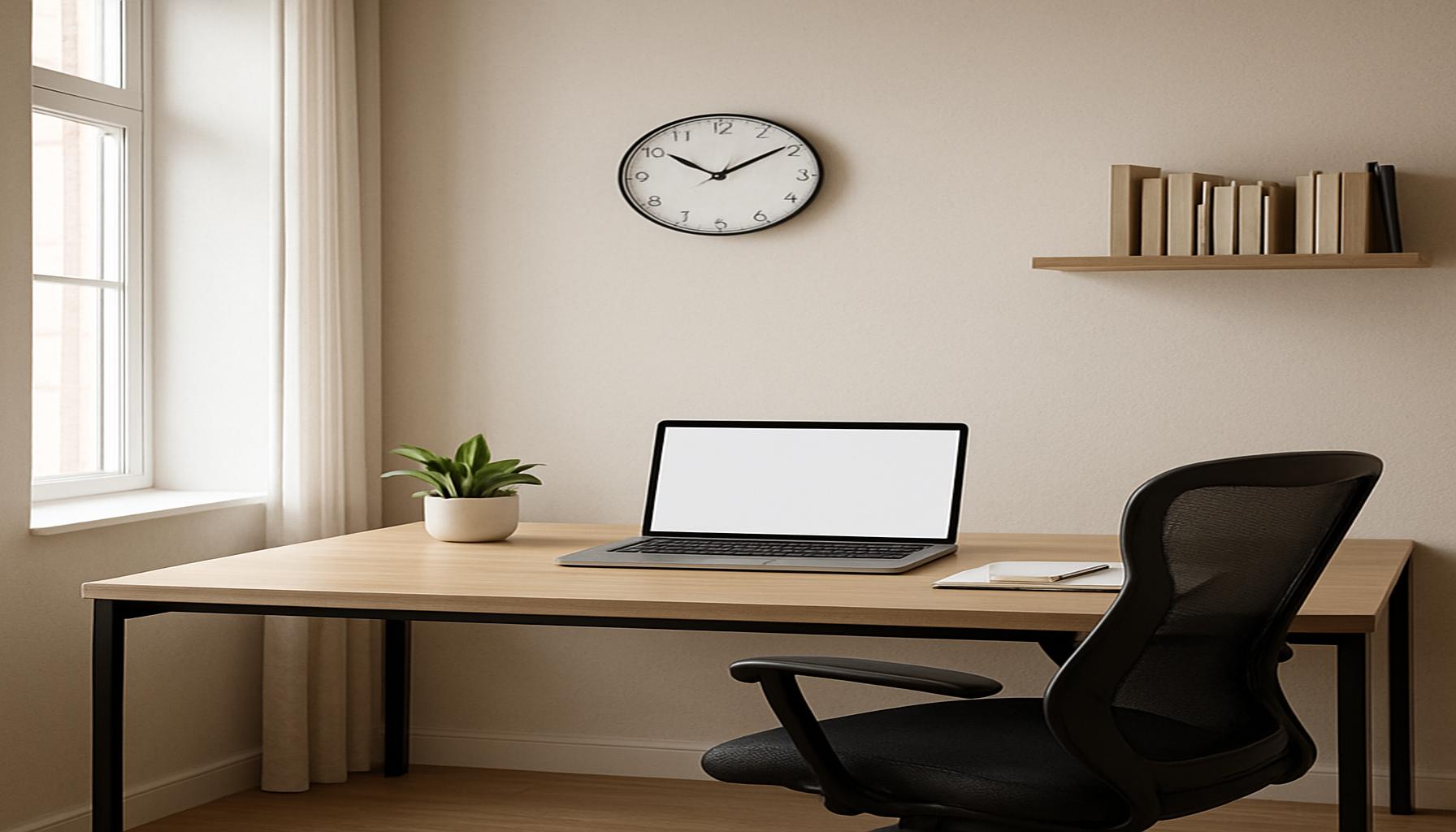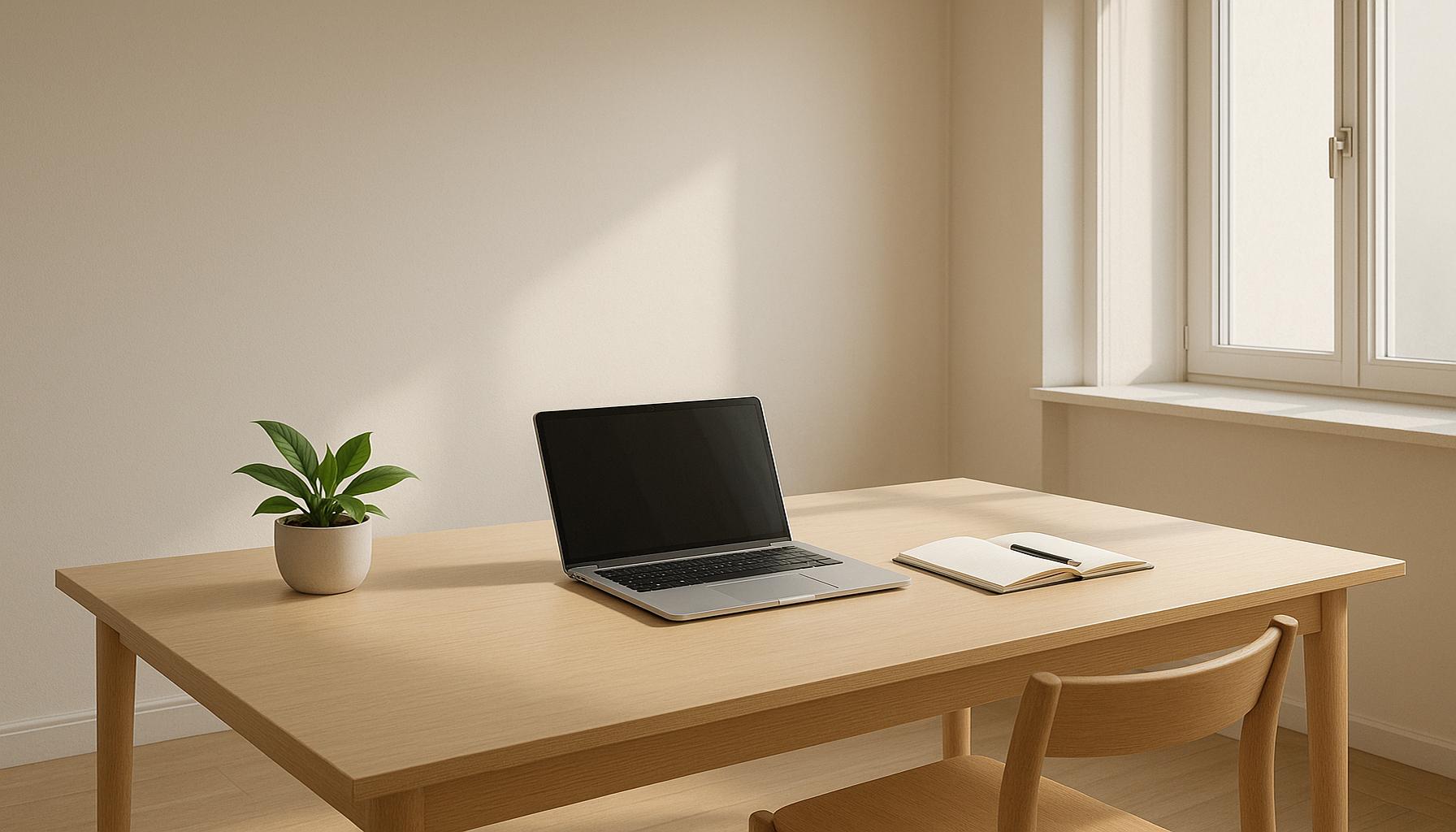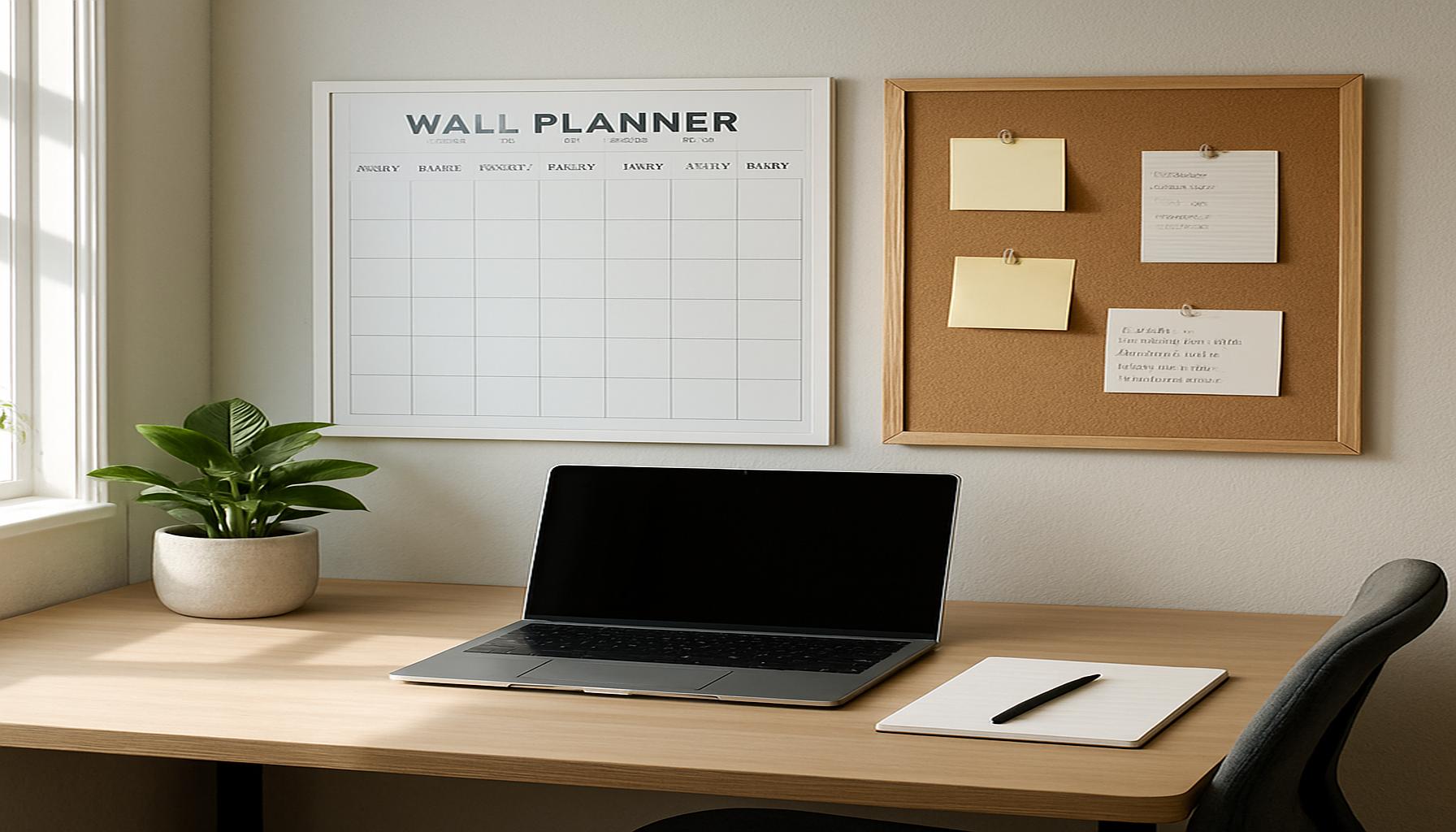How to Create a Minimalist Space at Home to Promote Personal Organization
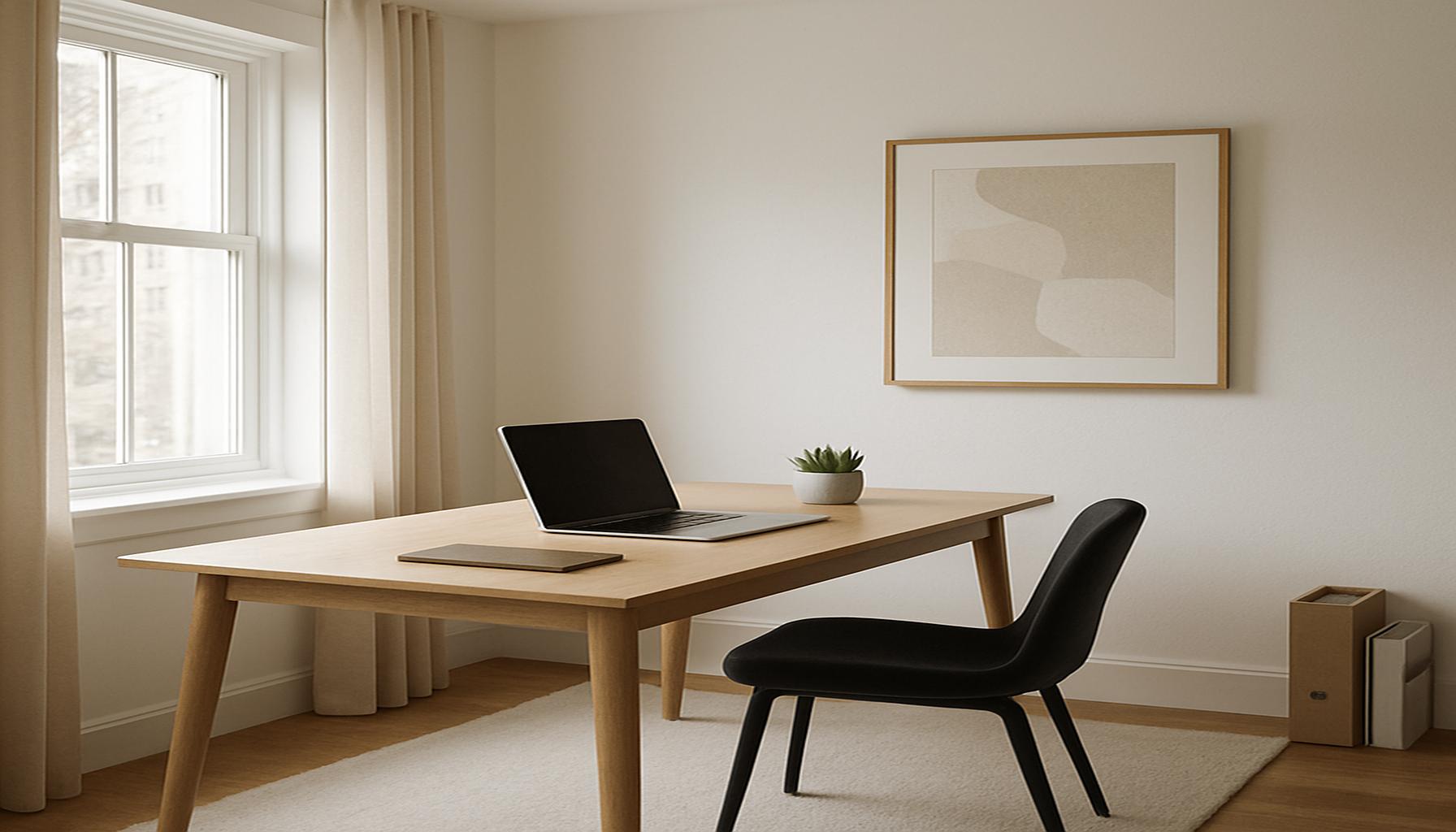
Creating a Harmonious Home Environment
In today’s fast-paced world, a minimalist space at home can be a sanctuary against the chaos of daily life. Embracing minimalism goes beyond mere aesthetics; it’s a profound lifestyle change that can significantly enhance personal organization and mental clarity. The core principle of minimalism is simple. Less clutter in our spaces leads to more room for creativity, productivity, and serenity.
Key Benefits of Minimalism
- Improved Focus: In a minimalist environment, fewer distractions pave the way for increased concentration. For example, a clean desk with only essential items can help one perform better at tasks, as seen in many successful professionals who advocate for decluttering their workspaces.
- Reduced Stress: A tidy home can foster a calming atmosphere. Numerous studies indicate that living in a clutter-free environment can significantly lower cortisol levels, the stress hormone, thereby leading to a more relaxed state of mind.
- Enhanced Creativity: An organized space can act as a catalyst for new ideas and inspiration. Many artists and creators deliberately cultivate minimalist environments to free their minds from the overwhelming noise of excess, allowing them to explore innovative concepts.
To kickstart your journey towards a minimalist home, take intentional steps and make conscious choices. Start by thoroughly evaluating your possessions, focusing on essential items that serve a purpose or bring genuine joy to your life. It can be helpful to follow the principle of the KonMari Method, developed by Marie Kondo, which encourages individuals to keep only those items that “spark joy.” Consider incorporating:
- Functional furniture with storage options: Think of furniture that doubles as storage, such as an ottoman that can hide away blankets or a coffee table with shelves to hold books and magazines.
- A neutral color palette: Soft, neutral colors like whites, grays, and beiges can promote tranquility and facilitate a sense of peace in your living space.
- Smart organization solutions: Invest in labeled bins and shelves to keep your belongings organized. This not only helps maintain a neat appearance but also makes it easier to find what you need, reducing frustration.
By embracing the principles of minimalism, you can transform your living space into a haven of order and peace, unlocking potential for a more organized and fulfilling life. The journey into minimalism can also open doors for deeper self-discovery as you navigate through your attachments to material things. Take the time to dive deeper into the art of minimalism, explore various approaches and discover how to seamlessly integrate them into your daily routine for an enriched lifestyle.
DISCOVER MORE: Click here to enhance your daily productivity
Practical Steps to Embrace Minimalism
The transition to a minimalist space may seem daunting, but breaking it down into manageable steps can ease the process. It starts with assessing your current living environment and identifying the areas that need simplification. As you embark on this journey toward a serene space, consider the following strategies to not only declutter your surroundings but to enhance your overall personal organization.
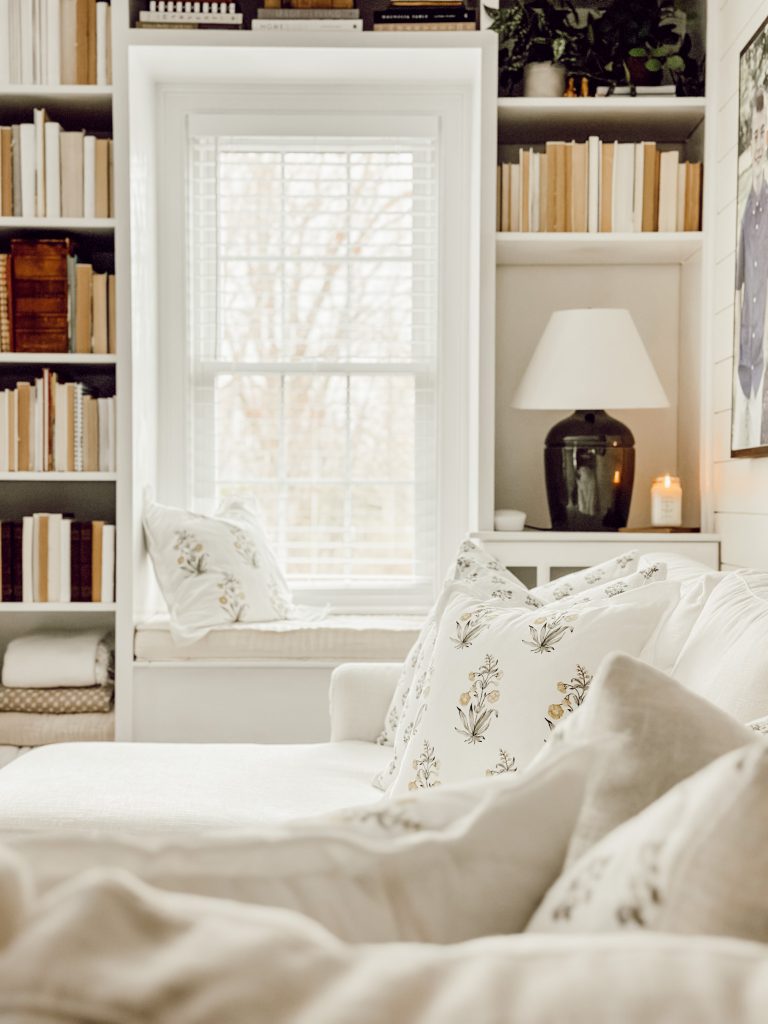
1. Room-by-Room Decluttering
To avoid feeling overwhelmed, tackle one room at a time. Begin by selecting a single area, such as your living room or bedroom. Empty your closets and drawers, and lay out items on a flat surface. This allows you to see everything you own in that space. Next, categorize your belongings into three distinct piles: keep, donate, and discard. By focusing on a specific area, you can make decisions based on clarity rather than the emotions often tied to possessions.
2. The 90/90 Rule
Another effective method to determine whether to keep or let go of an item is the 90/90 rule. According to this guideline, ask yourself if you have used the item in the last 90 days, and if you can foresee using it in the next 90 days. If the answer is “no,” it’s time to consider parting ways with it. This simple question can drastically reduce the number of items you hold onto unnecessarily, thereby streamlining your home.
3. Prioritizing Quality Over Quantity
Minimalism encourages the idea that less is more. Embrace high-quality items that serve a function and are built to last, instead of accumulating goods that may serve a temporary purpose. When shopping for household items, focus on essentials like multi-functional furniture or tools that can replace several lesser-quality alternatives. For example, a high-quality chef’s knife can eliminate the need for multiple gadgets cluttering your kitchen.
4. Implementing a Regular Maintenance Routine
- Daily Tidying: Set aside a few minutes each day to return items to their designated places. Over time, this habit can greatly reduce clutter accumulation.
- Weekly Reviews: Dedicate a day each week to reevaluate your possessions. Assess what new items have entered your space and decide if any should be removed.
- Seasonal Purges: Conduct a thorough declutter of your home every season. This ensures that your living space remains a true reflection of your needs and preferences.
By following these practical steps, you can gradually transform your home into a minimalist space that promotes not only aesthetic appeal but also superior personal organization. Establishing a decluttering routine and embracing quality will contribute to a tranquil environment, unlocking the potential for creativity and productivity. In the upcoming sections, we will delve deeper into how to design your space for optimal functionality and visual harmony.
Creating Functional Minimalist Spaces
When considering how to create a minimalist space at home, it’s essential to focus on functionality without sacrificing aesthetics. A well-organized space can significantly enhance your productivity and mental clarity. Consider the following strategies:
Assess Your Needs
Begin by evaluating what items are essential for your daily life. This process involves sifting through belongings and categorizing them based on usage. Items that don’t serve a purpose or have sentimental value should be considered for donation or disposal. By paring down your possessions, you create a more open and organized environment.
Utilize Multi-functional Furniture
Invest in multi-functional furniture that serves dual purposes. For instance, an ottoman with storage can provide space for blankets or books while also acting as a seating option. This approach not only reduces clutter but also maximizes the available square footage in smaller rooms.
Incorporate Natural Light
Emphasizing natural light can dramatically alter the perception of space. Use sheer curtains to allow sunlight to filter through, enhancing the feeling of openness. Additionally, strategically placing mirrors can help reflect light, further amplifying the airy, minimalist vibe you are seeking to achieve.
Establish Designated Zones
Creating specific zones for different activities within your home fosters personal organization. For example, establish a dedicated workspace, reading nook, or relaxation area. Each zone should have its own essential items, which not only makes them easily accessible but also encourages you to maintain order in each area.
To illustrate how these elements come together, consider designing a minimalist living room. Opt for a simple sofa, a sleek coffee table, and a few decorative items. Limit the number of ornaments to create a clean look, while ensuring each piece has a place. This approach expertly combines aesthetics with functionality, embodying the ultimate goal of minimalism.
| Category | Benefits |
|---|---|
| Decluttering | Promotes mental clarity and reduces stress. |
| Natural Light | Creates an airy atmosphere, enhancing space perception. |
| Multi-functional Furniture | Saves space and adds practicality to your home. |
| Designated Zones | Encourages organization and enhances productivity. |
Incorporating these principles into your home not only promotes personal organization but also cultivates a serene living environment that reflects your values. The journey toward minimalism is continuous, offering ongoing opportunities for intentional living and mindful choices regarding your space.
DISCOVER MORE: Click here to unlock your productivity potential
Designing for Functionality and Aesthetic
Creating a minimalist space is not solely about reducing clutter; it is also about rethinking how you design and arrange your living areas. By prioritizing functionality and visual appeal, you can create an environment that fosters personal organization and enhances your lifestyle. Let’s explore some effective strategies that help achieve this harmonious balance within your home.
1. Floor Plan Optimization
A well-thought-out floor plan is essential in a minimalist space. Begin by analyzing your current layout to ensure you are maximizing usability without overcrowding. Consider adopting an open floor plan where appropriate, as this promotes a sense of space and fluidity. Use furniture to define separate areas within a room; for example, a stylish bookshelf can separate a reading nook from a small office area. This open concept minimizes barriers and encourages movement, leading to a more organized and functional environment.
2. Multi-Functional Furniture
Embrace the versatility of multi-functional furniture, which can adapt to different needs and uses. A coffee table that doubles as a storage unit, or a sofa bed for accommodating guests, can help maintain a minimalist aesthetic without sacrificing utility. When selecting furniture, also prioritize designs that promote easy cleaning and organization, such as pieces with hidden compartments or those that can be easily moved. The more functional the furniture, the less likely you are to overcrowd your space with unnecessary items.
3. Smart Storage Solutions
To maintain an organized home, innovative storage solutions are key. Look for creative ways to store items without compromising on style. For example, under-bed storage boxes can discreetly house seasonal clothing or extra bedding. Wall-mounted shelves take advantage of vertical space, enabling you to display decorative items while keeping surfaces clear of clutter. Utilizing transparent bins or labeled baskets can also make it easier to locate items when needed, streamlining your daily routines.
4. Emphasizing Natural Light
A minimalist home benefits immensely from natural light, which brings life to the space while enhancing its overall appeal. If possible, position mirrors strategically to reflect light throughout your rooms; this creates an illusion of a larger area. Opt for light, airy curtains or blinds that allow sunlight to fill the room instead of heavy drapes. By maximizing sunlight, you not only improve your mood but also create an inviting space that feels clean and organized.
5. Incorporating Greenery
Lastly, don’t underestimate the benefits of incorporating plants in a minimalist design. A few well-placed houseplants can enhance the aesthetics of your home while promoting relaxation and well-being. Choose low-maintenance varieties like succulents or snake plants that require minimal care. By adding a touch of nature, you create a tranquil atmosphere that encourages mindfulness and further supports your quest for personal organization.
By following these design strategies, you can ensure that your minimalist space does not just look good but also functions effectively. Creating an organized home ultimately leads to improved productivity and a more balanced lifestyle. In the next sections, we will discuss how to maintain and reinforce these habits, ensuring your minimalist abode continues to bring out the best in your personal organization efforts.
DISCOVER MORE: Click here to enhance your productivity
Conclusion: Embracing Minimalism for Enhanced Organization
Creating a minimalist space at home is a transformative journey that goes beyond mere aesthetics; it opens the door to enhanced personal organization and a more tranquil lifestyle. By implementing the strategies discussed—such as optimizing your floor plan, selecting multi-functional furniture, and embracing smart storage solutions—you can foster an environment that inspires clarity and focus. The subtle touches of natural light and greenery not only beautify your space but also contribute to your overall well-being, making daily routines feel less burdensome and more enriching.
Minimalism is a practice that encourages intentional living, helping you to distinguish between what is truly necessary and what may simply be excess. As you clear physical and mental clutter, you’ll likely discover a renewed sense of purpose and productivity. Research shows that organized environments can significantly reduce stress levels and enhance cognitive function, making it crucial to invest the time in curating your home.
By prioritizing a minimalist design, you’re not only decluttering your space but also making a conscious choice to lead a more organized, balanced life. This ongoing process of refinement will ensure that your home remains a sanctuary where you can thrive. To further your journey into minimalism, consider setting goals for maintaining your space and regularly reevaluating your belongings. In this way, your minimalist haven becomes a powerful tool for personal organization and a foundation for a fulfilling life.
